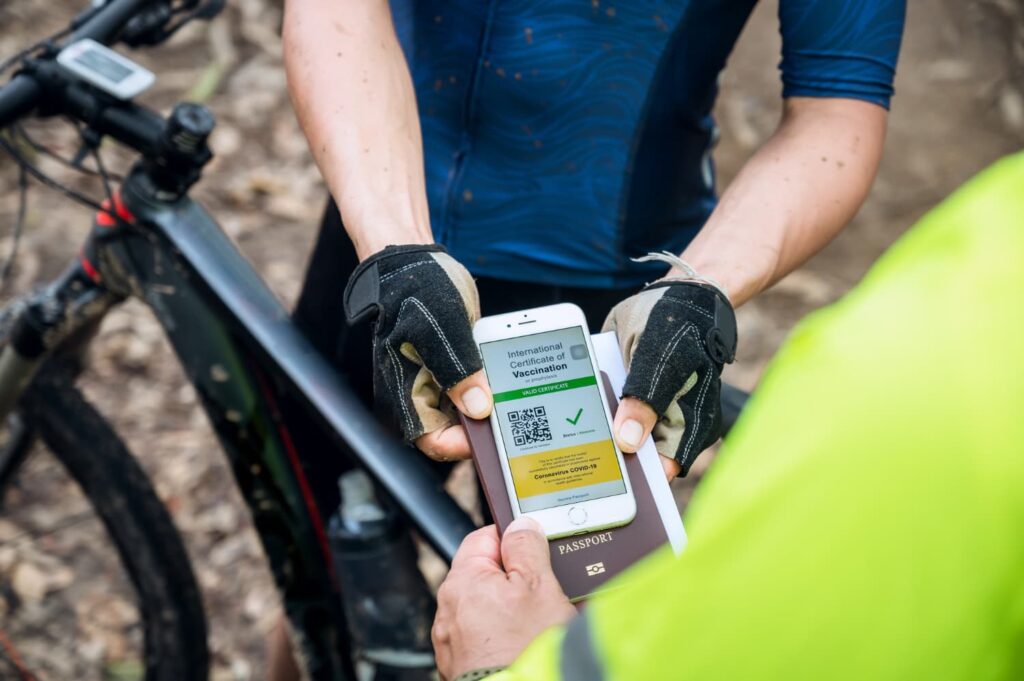Why Use Mountain Biking Apps?
Mountain biking is not just a sport; it’s an exhilarating way to connect with nature, challenge yourself, and explore new trails. However, the wilderness can be unforgiving, and knowing where you are headed is crucial. That’s where mountain biking apps come into play. With the power of your smartphone, you can access trail maps, track your progress, and stay safe while enjoying your ride.
Essential Features of Mountain Biking Apps
Picking the right app can be the difference between getting lost and discovering a new favorite trail. Here are some features that elevate a good mountain biking app to greatness:
- Trail Maps: High-quality, detailed maps that update in real time are essential for trail navigation.
- GPS Tracking: This helps you keep track of your route and can assist in finding your way back if you veer off course.
- Offline Access: Cellular service can be spotty in many remote areas, so offline maps are a must.
- Elevation Data: Knowing the elevation changes can prepare you for the ups and downs of your ride.
- Route Planning: The ability to plan your ride in advance, with custom routes, is invaluable.
Top Mountain Biking Apps
Strava
Strava is widely recognized among cyclists and runners alike. The app allows you to track your rides, share your performance with friends, and even challenge others on segments of the trails. What I love most about Strava is its community aspect. You can compare your distance, speed, and even elevation changes.
- Pros: Social networking features, detailed stats, and heat maps of popular routes.
- Cons: Some premium features are locked behind a paywall.
Trailforks
If you’re looking specifically for mountain biking trails, Trailforks is a great choice. This app has an extensive database of trails contributed by users, which means the information is often updated and reliable. It even supports trail conditions, which can be really helpful if you are unsure about the state of a particular path before heading out.
- Pros: Comprehensive trail database, community-driven updates, and offline access.
- Cons: Some features require a subscription.
Komoot
Komoot shines when it comes to route planning. It is particularly useful for creating customized rides based on your skill level and interests. The vocal navigation feature is also fantastic. I often forget to check my phone while riding, but with Komoot, I get turn-by-turn directions without taking my hands off the handlebars.
- Pros: Excellent route planning capabilities, vocal navigation, and a user-friendly interface.
- Cons: May take some time to learn all features.
Cycling Apps with Offline Maps
Whether you are trekking through dense woods or scaling steep mountains, your phone may struggle with service. Here are some apps that let you access their trail maps offline:
- Gaia GPS: This app is not exclusively for biking but has a wealth of maps and it is excellent for outdoor navigation.
- AllTrails: Primarily geared towards hikers, but has an expanding section for mountain biking that offers offline map capabilities.
How to Choose the Right App
Now that you have some recommendations, you may wonder how to select the right app for your needs. Here are a few tips to help you out:
- Consider Your Rides: Are you a casual rider or a hardcore mountain biker? If you’re just looking to have fun, a more user-friendly app might be your best bet. Serious riders should look for feature-rich options.
- Test for Usability: Download a couple of apps, take them for a spin, and see which interface you like the most. You want something that feels intuitive when you’re deep in the woods.
- Check for Updates: Apps that frequently update tend to have better maps. Ensure the community is active in reporting new trails or any dangerous conditions.
Integrating Smart Tech
Your smartphone isn’t the only tech that can enhance your biking experience. Wearable devices can complement these apps beautifully. For instance, using a smart watch allows you to keep all of your crucial ride data at a glance without fiddling with your phone.
Some fitness trackers sync seamlessly with apps like Strava, so you can upload your activities automatically. I find that using a combination of my phone and a smart watch keeps my rides smooth and data-rich.
Safety Tips While Using Apps
Technology is amazing, but it should never compromise your safety. Here are some pointers to consider:
- Keep Your Phone Charged: Always start your ride with a fully charged battery to avoid getting stuck without navigation.
- Don’t Rely Solely on Technology: Always have a backup map or a basic understanding of the trail you are biking.
- Tell Someone Your Plan: Inform a friend or family member of your intended route and expected return time.
Personal Experience and Observations
Mountain biking has taken me to some incredible places. I recall an instance when I was trying to navigate a new trail using an app. I was a few miles in, enjoying the scenery, when my app informed me that I was about to miss a sharp turn. There was nothing in sight except tall trees and the sound of my breathing! Thanks to my trusty app, I made the turn just in time, and the path led me to one of the best vistas I have ever seen. Moments like these reinforce how valuable these apps can be for both safety and exploration.
Conclusion
Mountain biking apps are essential tools in today’s biking world. They enhance safety and provide valuable insights into the trails ahead. Whether you’re a beginner just looking for a nice ride or a hardcore biker seeking the next big adventure, there is an app out there that fits your needs.
By keeping key features in mind, integrating your tech, and always prioritizing safety, you can enhance your biking experience. So, gear up, download an app (or two), and prepare for your next adventure. The perfect trail awaits!






